In the remote lava fields of Iceland, a new chapter in space exploration is quietly unfolding. A lunar simulation base has been established amidst the volcanic terrain, offering astronauts and researchers an otherworldly environment to prepare for future missions to the Moon. The stark, barren landscape, with its jagged rocks and vast stretches of cooled lava, bears an uncanny resemblance to the lunar surface, making it an ideal training ground.
The base, often referred to as the "Weightless Training Camp," is not just about replicating the Moon’s geology. Here, scientists and astronauts undergo rigorous exercises to simulate the challenges of low-gravity environments. Specialized equipment and innovative techniques are employed to mimic the conditions astronauts will face when they eventually set foot on the lunar surface. From maneuvering in bulky spacesuits to conducting experiments in reduced gravity, every aspect of lunar exploration is meticulously rehearsed.
Why Iceland? The answer lies in its unique geological features. Iceland’s volcanic plains, shaped by centuries of eruptions and lava flows, offer a terrain that is strikingly similar to the Moon’s regolith. The absence of vegetation and the presence of volcanic glass further enhance the simulation, providing an unparalleled training experience. Moreover, Iceland’s extreme weather conditions add another layer of realism, preparing crews for the harsh environments they may encounter in space.
At the heart of the training camp is the focus on teamwork and problem-solving. Astronauts are often placed in scenarios where they must collaborate under pressure, mirroring the unpredictability of space missions. Whether it’s navigating treacherous terrain or repairing equipment with limited resources, the exercises are designed to build resilience and adaptability. These skills are not just vital for lunar missions but for any long-duration space travel, including future expeditions to Mars.
The technology behind the simulations is as impressive as the training itself. Advanced exoskeletons are used to replicate the sensation of moving in low gravity, while virtual reality systems provide immersive environments for practicing complex tasks. Scientists are also experimenting with parabolic flights that create brief periods of weightlessness, allowing trainees to experience the feeling of floating in space. These cutting-edge tools bridge the gap between Earth and the Moon, offering a glimpse into the future of space exploration.
Beyond the technical aspects, the camp also serves as a hub for international collaboration. Space agencies from around the world send their teams to Iceland, fostering a spirit of cooperation that transcends borders. This global effort underscores the shared ambition of returning humans to the Moon and beyond. The lessons learned here will not only shape the next generation of lunar missions but also pave the way for humanity’s deeper ventures into the cosmos.
As the sun sets over the lava fields, casting long shadows across the rugged landscape, one can’t help but feel a sense of awe. This desolate corner of Iceland, with its Moon-like vistas, has become a crucible for the future of space exploration. The astronauts who train here today are the pioneers who will walk on the lunar surface tomorrow, carrying with them the knowledge and experience gained in this extraordinary training camp.
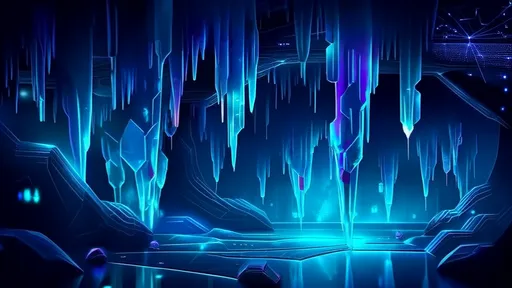
By /Jul 16, 2025
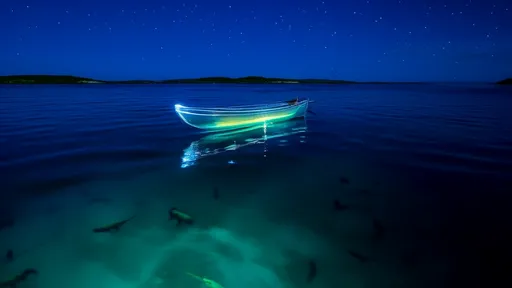
By /Jul 16, 2025
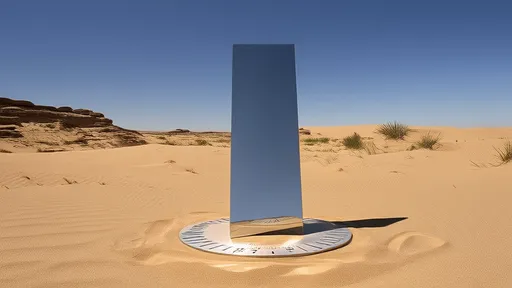
By /Jul 16, 2025
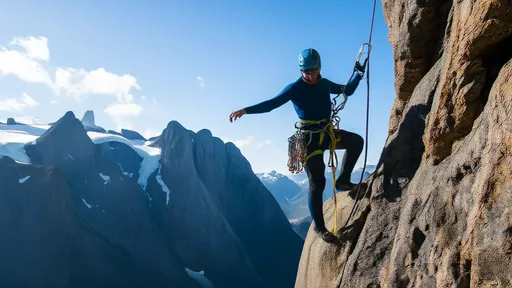
By /Jul 16, 2025
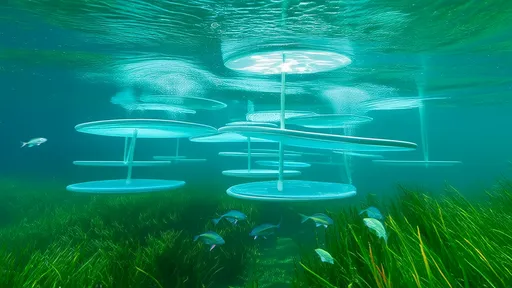
By /Jul 16, 2025
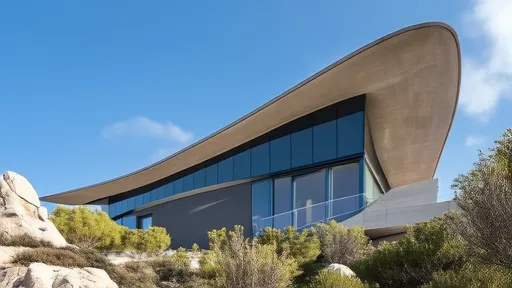
By /Jul 16, 2025

By /Jul 16, 2025
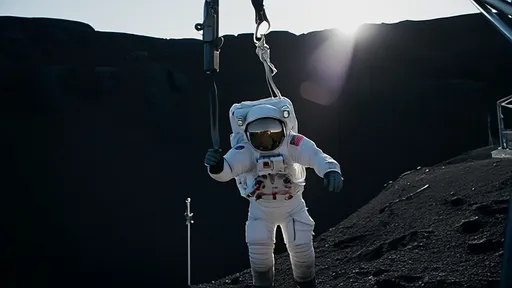
By /Jul 16, 2025
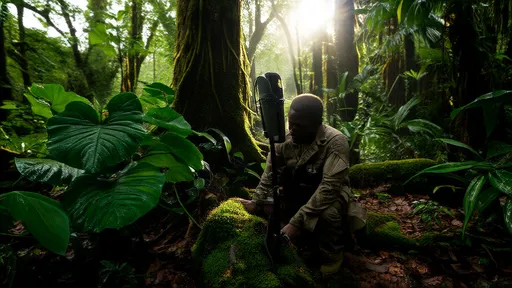
By /Jul 16, 2025

By /Jul 16, 2025

By /Jul 16, 2025
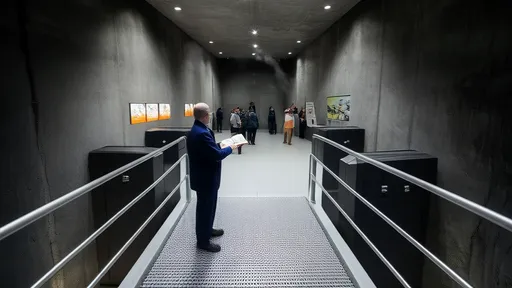
By /Jul 16, 2025

By /Jul 16, 2025

By /Jul 16, 2025
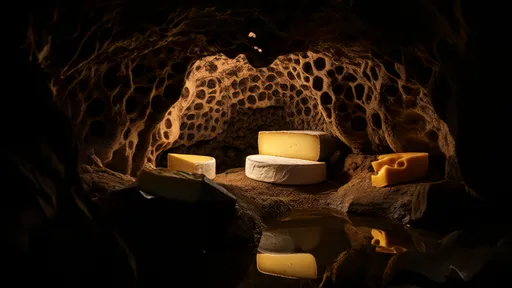
By /Jul 16, 2025
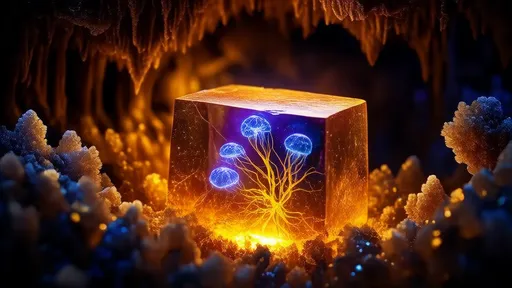
By /Jul 16, 2025
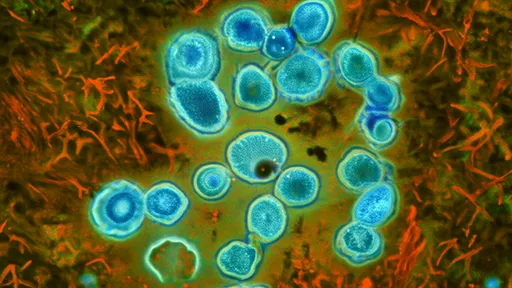
By /Jul 16, 2025
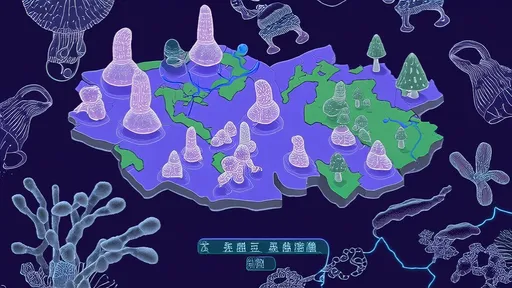
By /Jul 16, 2025